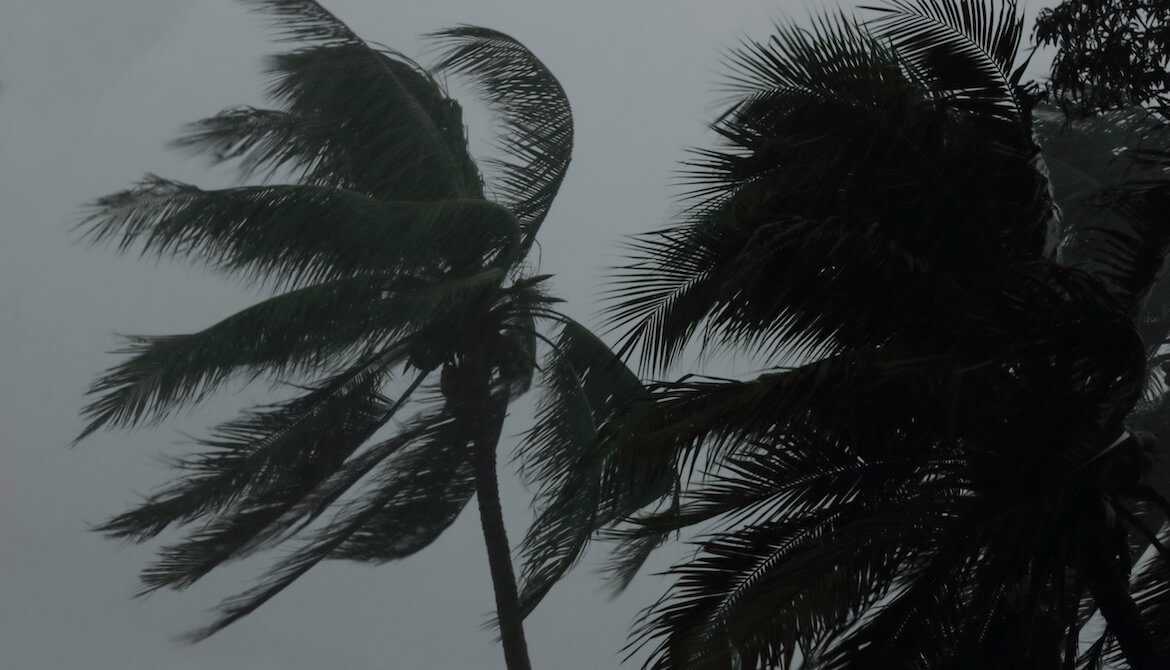4 minutes
These three big ideas from 2017 storm recovery efforts can help you plan your response to many types of disaster.
While June 1 may be the traditional start date of the Atlantic hurricane season, recent years have proven that storms can come earlier. In fact, according to The Weather Company, there have been major hurricanes before June 1 in four of the last six years.
During and after 2017 Hurricanes Harvey, Irma, and Maria, three key areas surfaced as points of interest: people, connectivity, and data. Thinking about them can help you plan your recovery to many types of disasters.
People. If you were to ask your employees during non-disaster times if they can be counted on during a disaster—to do whatever necessary to help restore the business—most likely, a high percentage would say yes. It’s also likely that for many of them, that would be a qualified yes, because they have some contingencies hanging on that response like, “What about my family and or pets? Where will I stay? Are there adequate provisions like water, food, and medical supplies?”
Employers that expect their employees to take care of the business have a responsibility to make sure all life, safety, and family concerns are properly addressed in advance. Your employees want to do everything they can to help your credit union’s community and its members, but they can’t be expected to do so without knowing their family’s needs have been met, and that they themselves will have what they need during a potentially lengthy event.
Credit unions must also consider their members. One of the most helpful things a credit union can do for its members in times such as these is to implement measures to reduce stress. In the midst of a disaster is not the time for a credit union to be working through setting up systems to support special financial services needed for a recovery. Ask questions like these in advance, and know what your position is going to be:
- Should members be allowed to skip loan payments?
- Should members be offered low-interest, small-dollar loans? If so, what are the rates and amounts to be made available?
- Should members be able to defer mortgage payments up to a specified number of months?
- Should our call center initiate calls to assist with fundraising for established local entities and charities?
Since a number of these solutions involve updates to software settings that are rarely touched following implementation, some research of how and what to change—in advance—can save a lot of time and headache during an already stressful situation.
Connectivity. We noticed during last year’s hurricanes that so long as consumers had their smartphones charged, they were trying to use them. While access to cellular and data networks was definitely interrupted, we saw providers restoring services (though intermittently at times) much faster than during previous big storms. There was also a notable presence of “pop-up” wireless. While one must always use caution when connecting to an unknown network, major, well-known providers deployed dozens of wireless access points in the hardest-hit areas as soon as they could.
Another consideration is setting up satellite phones and data access. While this technology is more prevalent and costs less than five years ago, it is still considered expensive by today’s standards. That said, it works well, and if connectivity is required within 24 hours of the passing event, it may be the only option available for a day or two.
Data. Most of people’s need for connectivity comes from wanting to access data that helps them live their lives. Credit unions need to have a solution in place that replicates members’ financial data outside of the storm area multiple times each day. This should be standard operating procedure and not something “special” the credit union does because a hurricane is coming.
Credit unions must realize that, in today’s world, members’ data is more valuable than cash. Not only do members trust that their data will be safeguarded, they also expect credit unions to ensure the availability of that data after an event. While a credit union’s members in the immediate impact zone may have an appreciation of the challenges of restoring data access, a majority of credit unions will have members outside of the impact zone who will have an expectation of no interruption in data access and service delivery.
We at Jack Henry & Associates know that many communities are still in recovery mode from the 2017 hurricane season, and that there is still a lot of hard work ahead. Our thoughts and well wishes remain with all of those impacted. The Atlantic hurricane season of 2017 should serve as a reminder to all, whether they were impacted directly or not, that bad things sometimes happen on a big scale. The interdependencies between people, connectivity and data have never been greater than they are today.
Are you ready?
Eric Flick is director of disaster recovery for the Centurion Disaster Recovery solution group at CUES Supplier member Jack Henry & Associates, Monett, Mo.
You may also be interested in reading:
Create a Data Disaster Recovery Plan
Facility Solutions: Temporary Locations in the Wake of Disaster
Shelter From the Storm
You might also like to attend CUES School of Enterprise Risk Management, Aug. 13-16 in Denver.





